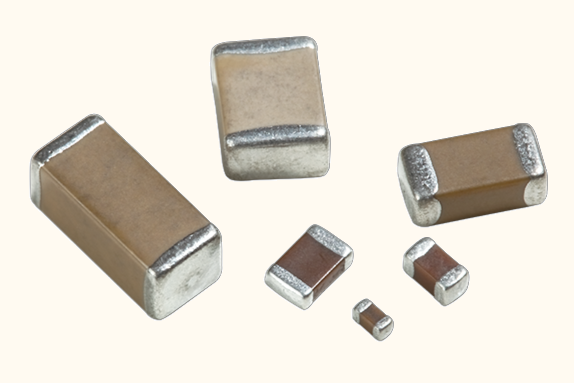Samsung Jay Y. Lee inspects MLCC factory in Philippines, seeking to turn the situation around
Samsung Electric's goal is to achieve sales of 1 trillion Korean won (742 million US dollars) in multi-layer ceramic capacitors (MLCC) by 2024 and take a leading position in the automotive semiconductor components market.
Samsung Group Chairman Jay Y. Lee recently inspected Samsung Electric's MLCC production facilities in the Philippines. Jay Y. Lee's trip is aimed at leading the automotive semiconductor market while expanding the electric vehicle and autonomous driving markets.
Samsung Electric has two factories in the Philippines and one factory in Tianjin, China. Two Korean factories located in Suwon City, Gyeonggi Province and the southeastern port city of Busan mainly engage in research and development work.
MLCC is like a dam, controlling flow through charging and discharging, and is known as the "rice of the electronics industry".
They are critical to the stable operation of electric and autonomous vehicle, as well as the electrical and electronic circuits used in smart phones and the Internet of Things (IoT).
Since 2000, Samsung Electric has been producing MLCCs for advanced driving assistance systems, anti lock braking systems, and powertrain systems in Kalamba, Philippines.
In 2012, Samsung Electric established its second factory in Kalamba and invested 288 billion Korean won in 2015 to increase its production line, promoting its MLCC business as a growth engine.
According to industry observers' predictions, by 2028, the MLCC market will grow to 9.5 trillion Korean won, more than double the 4 trillion Korean won in 2023.
Typically, about 1000 MLCCs are embedded in IT products, while 3000 to 20000 MLCCs are installed in electric vehicles. The price of MLCC for automobiles is more than three times that of other products.
In 2023, Samsung Electric's operating profit decreased by 46% year-on-year, and it is expected to turn losses into profits this year. The Galaxy series smartphones launched by Samsung Electronics in 2024 have made a significant contribution to the sales growth of Samsung Motors.
The company's goal is to achieve 2 trillion Korean won in automotive parts sales by 2025, including MLCC, camera modules, and semiconductor packaging substrates.
Samsung Electric has two factories in the Philippines and one factory in Tianjin, China. Two Korean factories located in Suwon City, Gyeonggi Province and the southeastern port city of Busan mainly engage in research and development work.
MLCC is like a dam, controlling flow through charging and discharging, and is known as the "rice of the electronics industry".
They are critical to the stable operation of electric and autonomous vehicle, as well as the electrical and electronic circuits used in smart phones and the Internet of Things (IoT).
Since 2000, Samsung Electric has been producing MLCCs for advanced driving assistance systems, anti lock braking systems, and powertrain systems in Kalamba, Philippines.
In 2012, Samsung Electric established its second factory in Kalamba and invested 288 billion Korean won in 2015 to increase its production line, promoting its MLCC business as a growth engine.
According to industry observers' predictions, by 2028, the MLCC market will grow to 9.5 trillion Korean won, more than double the 4 trillion Korean won in 2023.
Typically, about 1000 MLCCs are embedded in IT products, while 3000 to 20000 MLCCs are installed in electric vehicles. The price of MLCC for automobiles is more than three times that of other products.
In 2023, Samsung Electric's operating profit decreased by 46% year-on-year, and it is expected to turn losses into profits this year. The Galaxy series smartphones launched by Samsung Electronics in 2024 have made a significant contribution to the sales growth of Samsung Motors.
The company's goal is to achieve 2 trillion Korean won in automotive parts sales by 2025, including MLCC, camera modules, and semiconductor packaging substrates.